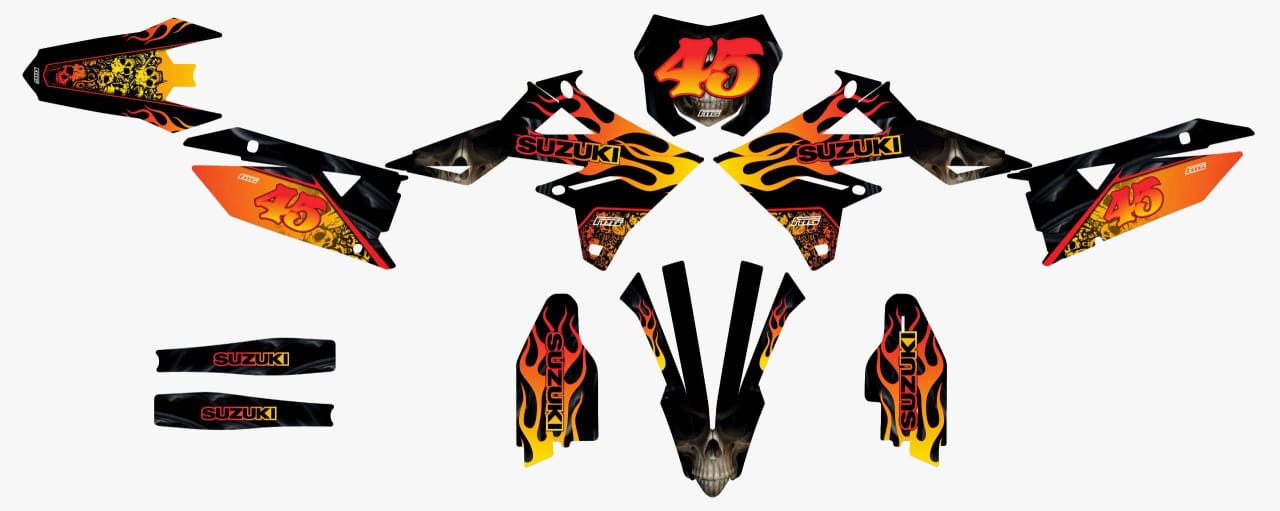The efficiency of milling operations can be significantly enhanced by employing large format mill liners. These liners are a crucial component in the mineral processing industry, offering both longevity and increased milling efficiency compared to smaller alternatives. Understanding their benefits and the nuances of their application is essential for optimizing performance.
Understanding Mill Liners
Mill liners serve the critical function of protecting the mill shell from the aggressive environment within the mill. They also assist in lifting the load to promote efficient grinding. Different designs are applied to suit different milling options, but the primary function remains consistent across various liner types.
The Advantages of Large Format Mill Liners
There are distinct advantages to using large format mill liners. Firstly, they cover more surface area, thereby reducing the number of liners required for coverage. This reduction leads to shorter installation times and fewer man-hours devoted to maintenance, thereby enhancing operational efficiency.
Moreover, large format mill liners are designed to optimize the trajectory of the mill charge, improving grinding efficiency and performance. This results in finer product granularity and improved milling results over time.
Impact on Operational Downtime
One of the most significant benefits of employing large format mill liners is the potential reduction in operational downtime. The longer life and fewer maintenance requirements mean mills can operate longer without interruptions. Reduced downtime translates directly to increased throughput and operational productivity.
Material Considerations
The composition of the liner material plays a vital role in the performance and longevity of mill liners. Large format mill liners are typically made from high-grade alloys or composite materials, chosen for their durability and resistance to wear. Selecting the right material can significantly impact the overall cost-effectiveness of a milling operation.
Design and Customization
Customization of mill liners can further enhance milling efficiency. Tailoring liners to the specific conditions of a mill, such as the type of ore and mill size, can optimize performance. This bespoke approach allows operators to achieve a more consistent grind and extend the life of the mill liner.
Factors to Consider When Selecting Mill Liners
When selecting large format mill liners, several factors should be considered. These include the mill’s operational parameters, the types of minerals being processed, desired milling results, and budget constraints. Assessing these factors can guide the selection of the most appropriate liner for any given milling context.
Innovation in Mill Liner Technology
Technological advancements continue to drive innovation in mill liner design. Recent developments have focused on enhancing the wear life of liners and improving their energy efficiency. Integrating such technologies can lead to better performance and more sustainable milling operations.
Environmental Considerations
The environmental impact of milling operations is an increasing concern. Large format mill liners can contribute to more sustainable practices by improving energy efficiency and reducing waste. Enhancing the durability of liners also means fewer replacements and less material ending up in landfills.
Cost Implications
While the initial investment in large format mill liners might be higher than traditional liners, the long-term cost savings are significant. Reduced maintenance costs, decreased downtime, and improved efficiency yield a favourable return on investment over time.
Safety Implications
Mill liner installation and maintenance involve inherent safety risks. Large format liners, with fewer pieces to handle, can reduce the hazards associated with their installation and maintenance, contributing to a safer working environment.
The Role of Industry Standards
Adhering to industry standards and best practices ensures that mill liner installations meet necessary safety and performance criteria. Standards also facilitate the consistent and efficient installation of large format liners, promoting uniformity across the industry.
Case Studies of Successful Implementations
There are numerous case studies highlighting the success of utilizing large format mill liners in various sectors. These cases often showcase the liners’ ability to enhance grinding efficiency and reduce operational costs, reinforcing their value proposition.
Future Trends and Developments
The future of mill liners looks bright, with ongoing research focused on extending liner life and enhancing their performance. Emerging technologies such as IoT and AI are set to revolutionize the industry, providing data-driven insights and predictive maintenance capabilities.
Conclusion
Large format mill liners represent a significant advancement in milling technology. By maximizing efficiency and reducing operational costs, these liners are an essential consideration for any operation looking to optimise their milling processes. The key to successful implementation lies in understanding the specific needs of the milling operation and selecting liners that meet those needs.








